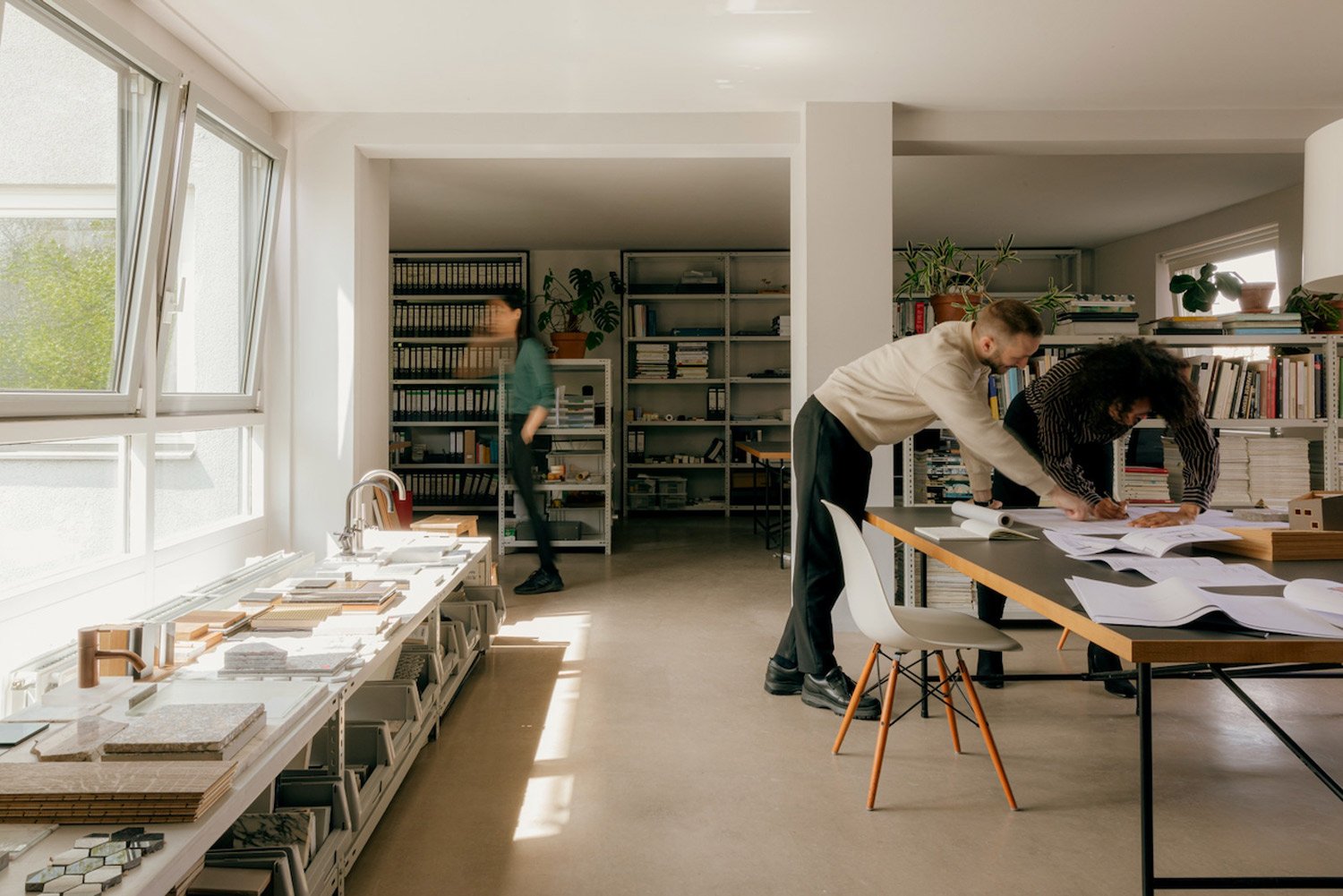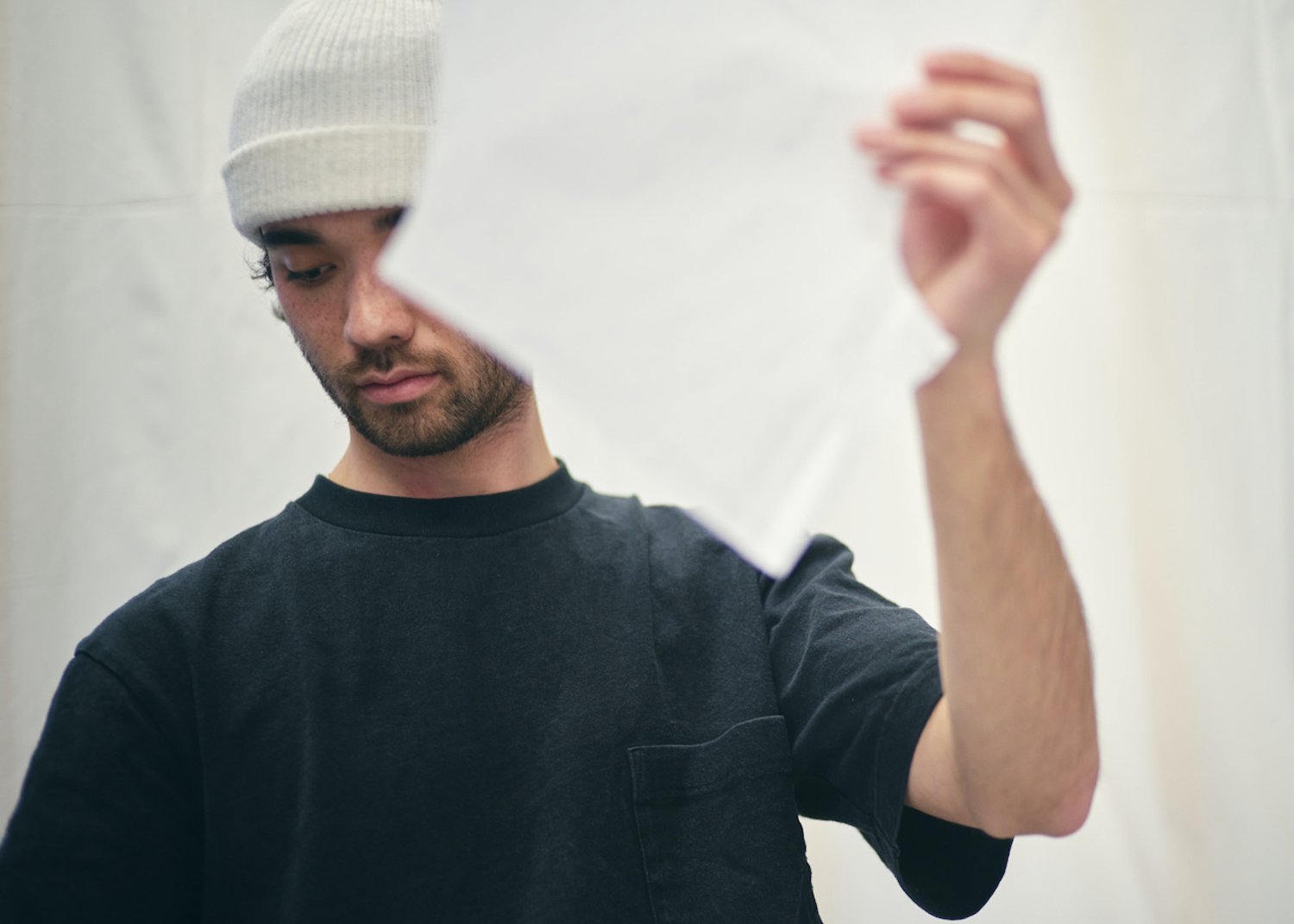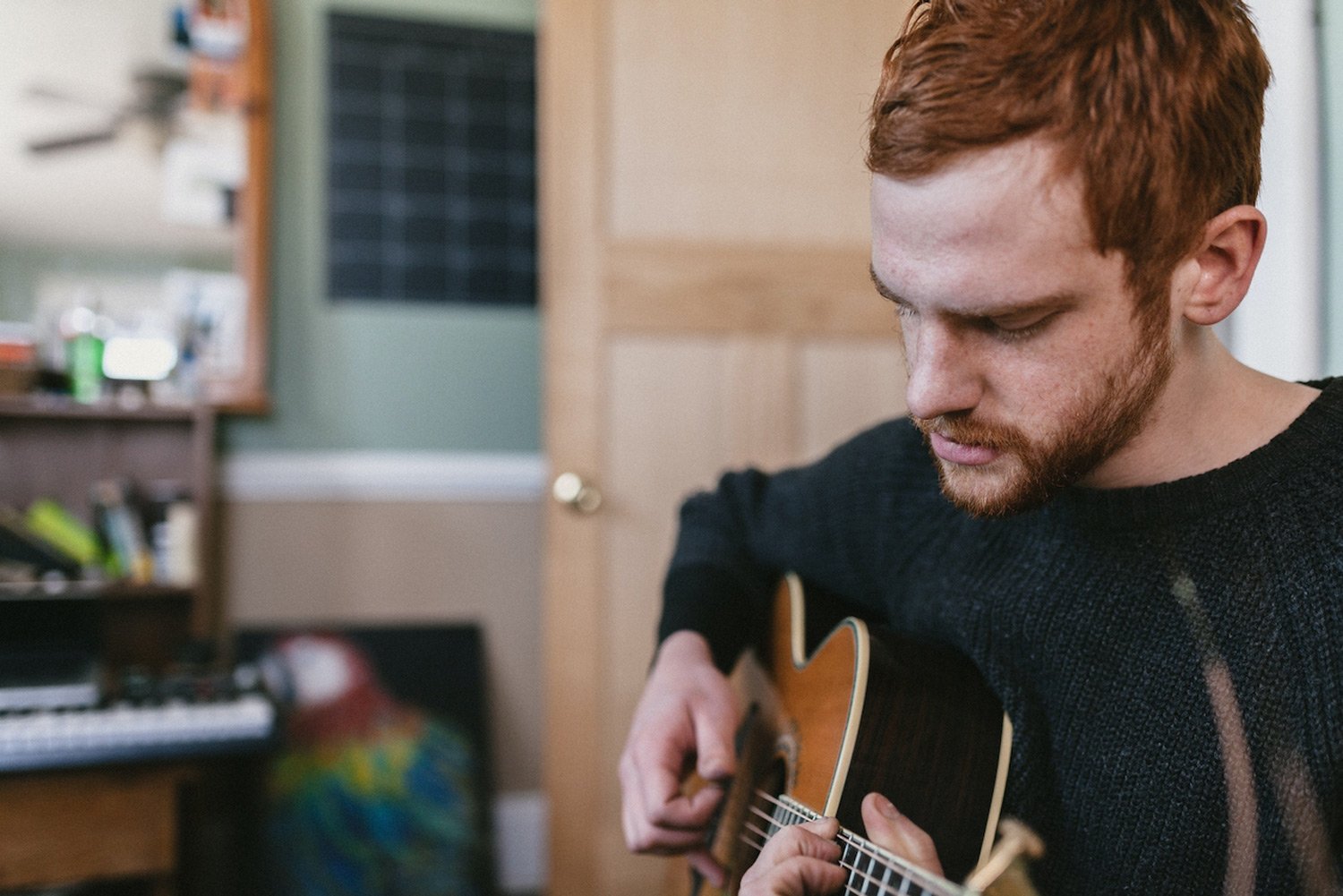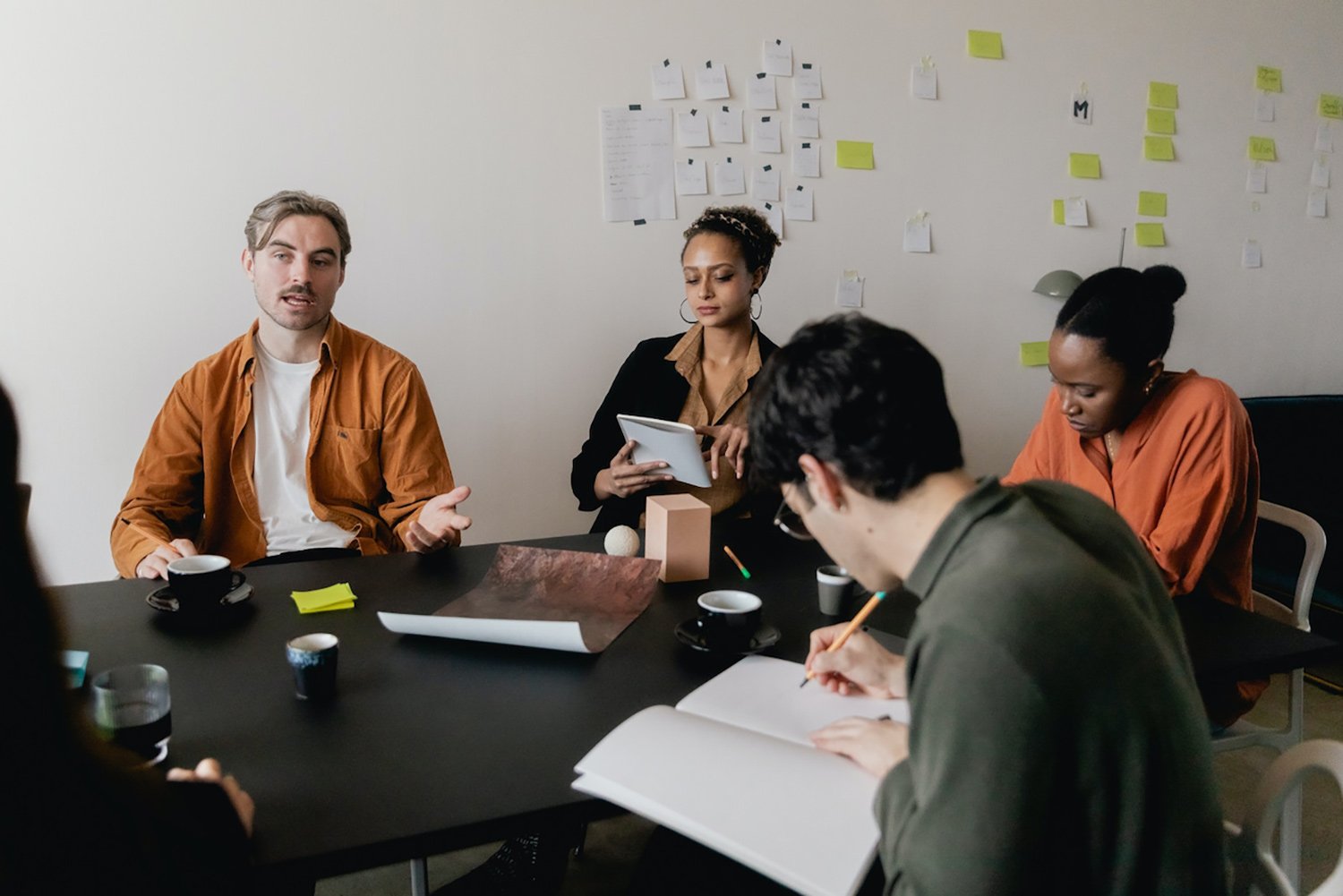Fail more and better
Ruin it
Destroy it
Break it
Bin it
Ruin it Destroy it Break it Bin it
By Michel Brokke
Doodling, scribbling, and drawing, I couldn’t get enough of it when I was young and innocent. Hence, thirty years further down the road, I was over the moon when I found my true calling in the creative industry. I enjoyed working in that celebrated state of ‘flow’, which was also the origin of the Rolling Stones, space travel and the Chocolate Chip Cookie.
Yet, I always felt a certain tension between the creative process and the weight of its outcome. My customers had high hopes I would immediately put an unparalleled brand concept on the table during the first presentation. Similarly, my employer had the greatest interest in that concept but couldn’t be bothered by the miraculous process in my head.
And that’s how I battled further. On any occasional morning, I could look at the work of the day before and decide that it had to go straight into the bin. All of it. Under those circumstances, a voice inside me would often shake things up. “What do you think, fellow? You have wasted your time on absolute rubbish.” Ending with the enlightened words: “No beers for you this weekend.” That voice was the fear of failure, one of the biggest enemies of creativity. It took me a few years until I designed a strong hotel concept, thanks to a record-breaking number of ridiculous ideas. And that's where a bold insight hit me: I had to fail more and better.
Neurons throwing a party
Innovation is a continuous process of deconstruction and synthesis. Learning and making. This process entails generating countless ideas and experimenting with them in different combinations. The more ideas you generate, the higher the chance one of those combinations is valuable. Sure, that is an apparent positive correlation between quantity and quality. But it's also an incremental relationship, as we learn from every poor concept we create and then become better at designing the next.
Neuroscientific research tells us how this plasticity of the brain works. When we learn, some of the 86 billion neurons in our brain fire synchronously, making the synapses between them more robust. In other words: learning increases our cognitive capacity to innovate. Psychologist Carol Dweck has demonstrated that this process is even more powerful when people have a so-called ‘growth mindset’. Brain scans of these people, who see failure as an opportunity to improve, show more activity when making a mistake than those of people with a 'fixed mindset'. The latter group experiences failure as a burden instead of a challenge. Now, if failure can grow our neural networks and gives us supersonic creative power, why don’t we all decide to fail more then?
“I have not failed. I’ve just found 10,000 ways that won’t work.”
And the second question is: how? Most of the football players I adore are creative geniuses. I always wished I could play like Maradona, Messi, Cruyff, and Ronaldinho. Or perhaps play without looking ridiculous, but that’s for another article. These players seem to fly across the pitch and intuitively find mind-blowing ways to get the ball past their opponent. They see every attempt as a way to grow. Now, these gentlemen must be well-programmed genetically and neurologically, but the million-dollar question is: can other players also reach this state of creativity? Or your team? Or you?
Let’s kill efficiency
We can partly adopt the growth mindset of our creative heroes if our surroundings embrace failure. But that implies we have work to do. Anyhow, many organizations have an opposed culture of failure. They pull up efficiency walls around every activity, even those meant to fit into a creative process. Flawlessness seems to be the norm.
This culture may instil a fear of failure, which can be a severe conscious or subconscious anxiety that is hard to change. Within creativity and innovation, such thoughts are a significant obstacle since large parts of these processes are highly unstructured. David Kelly, the founder of design firm IDEO and professor at Harvard University's Design School, proposes an approach to liberate us from this constraint by gradually breaking down four fears. The fear of the messy unknown, fear of being judged, fear of the first step and fear of losing control.
What a stunner of a mistake. Hooray!
Some organizations succeed in purposively addressing all four of these fears to build a happy culture of failure. McKinsey has investigated the effect of such a culture on overall business performance. Their research shows that some of the most successful companies in the world consider risk-taking a positive attribute that needs rewarding. That is why Coca-Cola has an innovation award for failed projects. And Google’s innovation laboratory gives bonuses to staff who kill failed projects.
These examples give us a glimpse of a bright future where we have time and space to fail. You can enter that future simply by popping a few bottles the next time your ship sinks. For a more sustainable culture of failure, we should share our love for error with the innovators of tomorrow. One way or the other, much of their education still relies on giving correct answers. Think about it, the fewer mistakes our kids make in their assignments, the more we reward them. How about turning that upside down?
Would you rather crawl?
Children grow when they make mistakes. You certainly wouldn’t be reading this article if you didn’t. At a young age, toddlers learn how to walk by falling repeatedly. They get to know their mobility and stretch their limits. If this all happens with acceptance, they have the potential to outperform Messi, Cruyff, Maradona, or even you. Imagine what happens if we do not allow them to fall. They will undoubtedly lose the joy of learning and any urgency to start walking.
Sounds obvious, right? Now replace the words ‘children' and 'toddlers' above with 'staff'. What happens when we implement policies and technologies for enhanced safety and efficiency? They prevent anyone from falling when learning how to walk. Not something you would want if your organization has made itself believe it is open to breakthrough ideas. Then that belief is a big mistake. Let's celebrate it.





